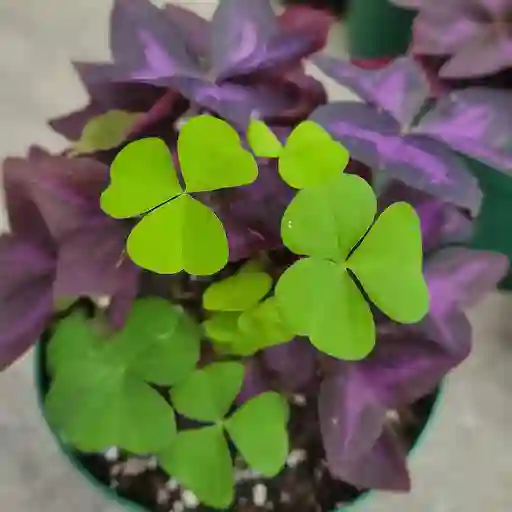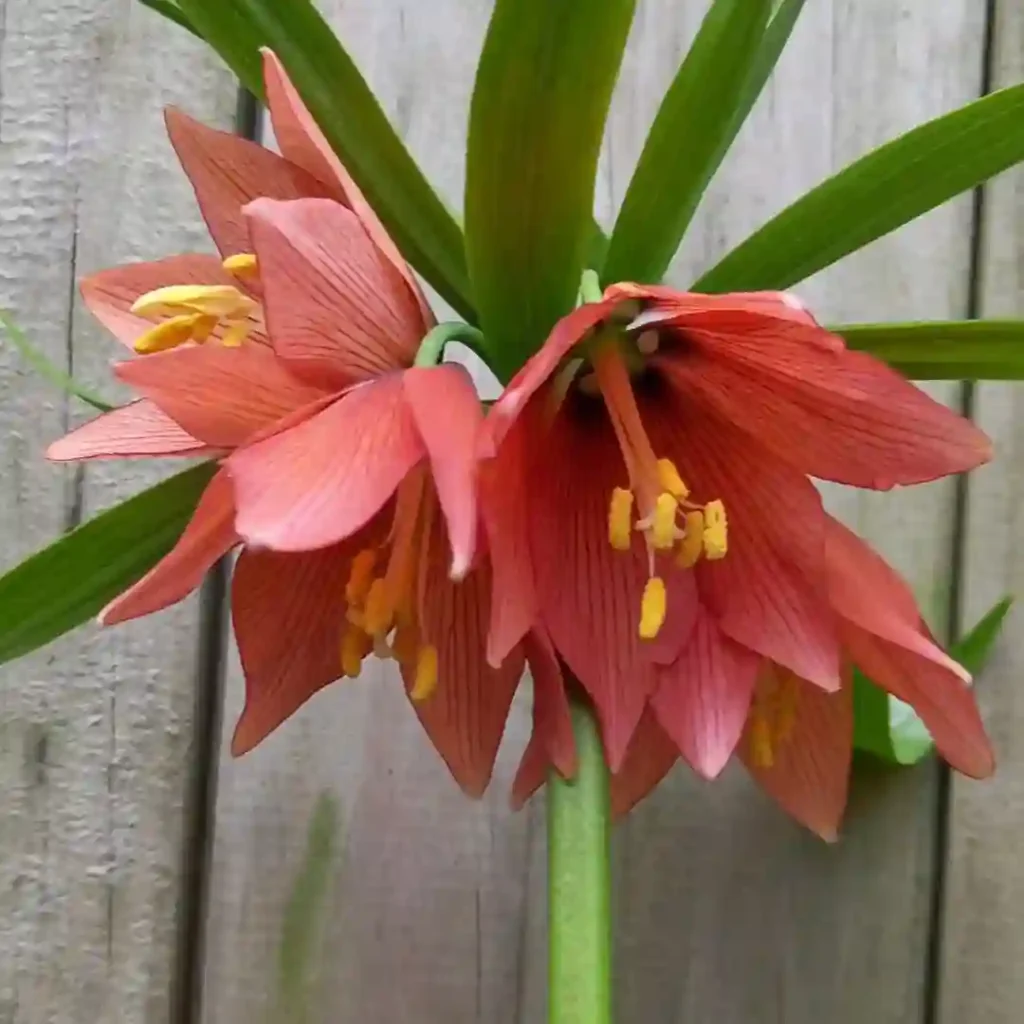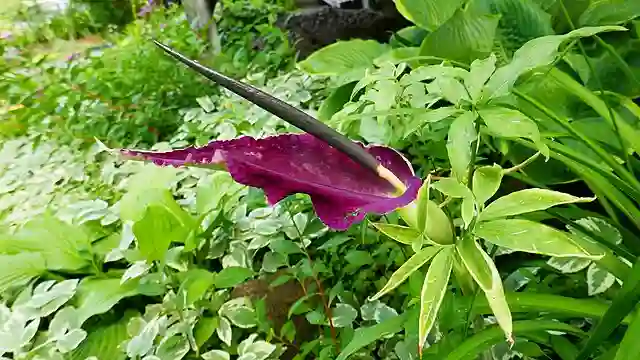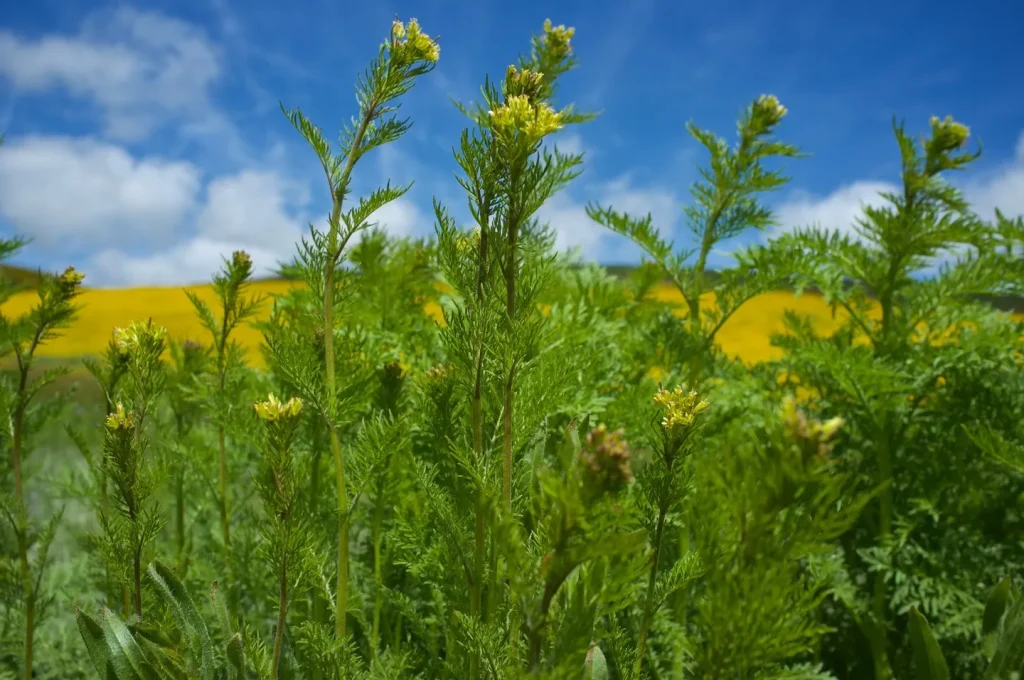FAQs About Woolly Stemodia: A Gardener’s Guide
Woolly Stemodia is one of those plants that caught my attention for its unique texture and versatile use in landscaping. Over time, I’ve gathered many tips and insights about this fascinating plant. In this article, I’ll address some frequently asked questions about Woolly Stemodia, sharing my personal experience and knowledge to help you better understand how to grow, care for, and use it in your garden.
What is Woolly Stemodia?
Woolly Stemodia (Stemodia lanata) is a perennial groundcover known for its silvery-gray foliage and soft, woolly texture. Native to Texas and Mexico, it thrives in hot, dry climates. I find it to be a great choice for xeriscaping due to its drought tolerance. Its low-growing habit and cascading stems make it perfect for use in rock gardens, borders, or even hanging baskets.
The plant produces small, tubular purple flowers that add subtle color to its silvery foliage. Although the flowers aren’t the main attraction, they provide a lovely contrast that enhances the plant’s visual appeal.
How to Care for Woolly Stemodia?
Caring for Woolly Stemodia is relatively easy, which is why I love using it in various parts of my garden. Here’s a breakdown of the care requirements:
- Sunlight: Woolly Stemodia thrives in full sun. I’ve noticed that it performs best when it gets at least six hours of direct sunlight daily. In areas with partial shade, the plant may grow, but its foliage won’t be as vibrant.
- Soil: This plant prefers well-drained soil. I’ve had success planting it in sandy and rocky soils, where drainage is optimal. Woolly Stemodia doesn’t like to sit in wet soil, so avoiding clay-heavy soils is important.
- Watering: Once established, Woolly Stemodia is highly drought-tolerant. In my experience, watering it sparingly is key. Overwatering can lead to root rot. I typically water mine once every couple of weeks during dry spells, but it can go even longer without water in more humid climates.
- Fertilization: I’ve found that Woolly Stemodia doesn’t require much feeding. A light application of balanced fertilizer once a year, usually in the spring, is sufficient to keep it healthy.
How to Propagate Woolly Stemodia?
Propagation is one of the easiest aspects of Woolly Stemodia. There are two main methods I use:
- Cuttings: I’ve had great success propagating Woolly Stemodia from cuttings. Simply take a 4-6 inch cutting from a healthy stem, remove the lower leaves, and plant it in well-draining soil. I keep the soil slightly moist until the cutting establishes roots, which usually takes a few weeks.
- Division: If you have an established plant, you can also propagate it by division. I typically divide mine in the spring by carefully digging up the plant and separating it into smaller sections. Each section should have a portion of the root system attached. Then, replant the divisions in new locations.
What to Plant with Woolly Stemodia?
When planning your garden, combining Woolly Stemodia with complementary plants can create a visually appealing landscape. Here are a few of my favorite pairings:
- Succulents: I love planting Woolly Stemodia alongside succulents like Sedum or Echeveria. The contrasting textures and colors create a dynamic effect.
- Ornamental Grasses: Pairing Woolly Stemodia with low-growing ornamental grasses such as Blue Fescue adds movement to the garden. The soft texture of the Woolly Stemodia complements the fine blades of the grasses.
- Lavender: I’ve also had success planting Woolly Stemodia with Lavender. Both plants thrive in similar conditions, and their grayish foliage creates a harmonious, drought-tolerant garden bed.
How to Use Woolly Stemodia in Landscaping?
Woolly Stemodia is a versatile plant that I use in several ways around my garden. Here are a few ideas:
- Groundcover: Woolly Stemodia’s low-growing, sprawling habit makes it an excellent groundcover. I use it to fill in gaps between larger plants, where its silvery foliage creates a soft, unifying backdrop.
- Rock Gardens: In my rock garden, Woolly Stemodia thrives between stones and boulders. Its drought tolerance and ability to grow in rocky soil make it a perfect choice for this type of landscape.
- Hanging Baskets: If you’re looking for a cascading plant for a hanging basket, Woolly Stemodia works wonderfully. Its trailing stems spill over the edges of containers, adding a touch of softness and texture.
Is Woolly Stemodia Toxic?
One question I often get asked is whether Woolly Stemodia is toxic to pets or humans. Based on my research, Woolly Stemodia is considered non-toxic. I’ve had no issues with pets or wildlife interacting with the plant. However, as with any plant, it’s always a good idea to monitor pets and children around new additions to your garden.
Common Pests and Problems
Woolly Stemodia is relatively pest-resistant, which is another reason I appreciate it. However, like any plant, it can occasionally fall victim to certain issues:
- Root Rot: This is usually a result of overwatering or poor drainage. I’ve found that ensuring the soil is well-drained and watering sparingly can prevent this issue.
- Aphids: On rare occasions, I’ve noticed aphids on my Woolly Stemodia. A simple spray of water or insecticidal soap typically takes care of the problem without much fuss.
Conclusion
Woolly Stemodia is a fantastic plant for gardeners looking for a low-maintenance, drought-tolerant groundcover. Whether you’re using it in a rock garden, as a groundcover, or in hanging baskets, its unique texture and silvery-gray foliage can add interest to any landscape. With its easy care, propagation, and resistance to pests, it’s a reliable choice for both novice and experienced gardeners.
If i die, water my plants!



